Name Edward Cooke | Parents George Cooke | |
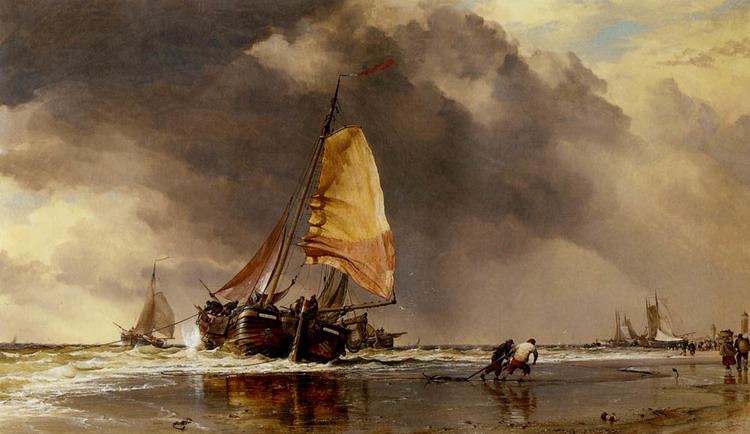 | ||
Died January 4, 1880, Groombridge, United Kingdom Artwork Steeple Rock, San Giorgio Maggiore, Venice | ||
Edward william cooke at scheveningen holland
Edward William Cooke (27 March 1811 – 4 January 1880) was an English landscape and marine painter, and gardener.
Contents
Edward william cooke
Life and work
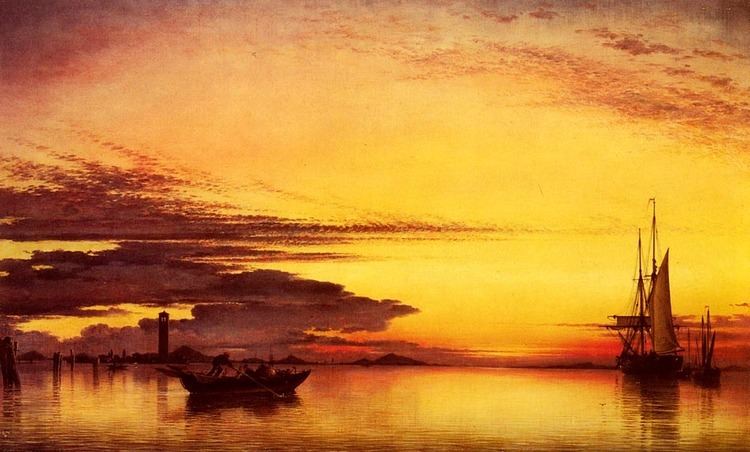
Cooke was born in Pentonville, London, the son of well-known line engraver George Cooke; his uncle, William Bernard Cooke (1778–1855), was also a line engraver of note, and Edward was raised in the company of artists. He was a precocious draughtsman and a skilled engraver from an early age, displayed an equal preference for marine subjects (in special in sailing ships) and published his "Shipping and Craft" – a series of accomplished engravings – when he was 18, in 1829. He benefited from the advice of many of his father's associates, notably Clarkson Stanfield (whose principal marine follower he became) and David Roberts. Cooke began painting in oils in 1833, took formal lessons from James Stark in 1834 and first exhibited at the Royal Academy and British Institution in 1835, by which time his style was essentially formed.

He went on to travel and paint with great industry at home and abroad, indulging his love of the 17th-century Dutch marine artists with a visit to the Netherlands in 1837. He returned regularly over the next 23 years, studying the effects of the coastal landscape and light, as well as the works of the country's Old Masters, resulting in highly successful paintings. These included 'Beaching a Pink at Scheveningen' (National Maritime Museum, London), which he exhibited in 1855 at the Royal Academy, of which he was an Associate from 1851. He went on to travel in Scandinavia, Spain, North Africa and, above all, to Venice. In 1858, he was elected into the National Academy of Design as an Honorary Academician.
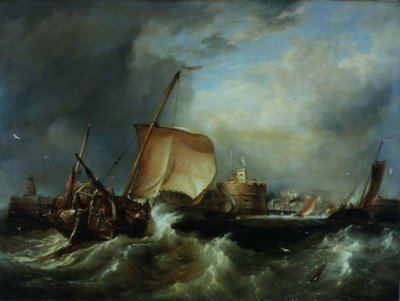
Cooke was "particularly attracted by the Isle of Wight, and on his formative visit of 1835 he made a thorough study of its fishing boats and lobster pots; above all he delighted in the beaches strewn with rocks of various kinds, fishing tackle, breakwaters and small timber-propped jetties."
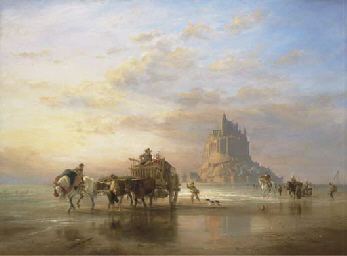
He also had serious natural history and geological interests, being a Fellow of the Linnean Society, Fellow of the Geological Society and Fellow of the Zoological Society, and of the Society of Antiquaries. In the 1840s he helped his friend, the horticulturist, James Bateman fit out and design the gardens at Biddulph Grange in Staffordshire, in particular the orchids and rhododendrons. His geological interests in particular led to his election as Fellow of the Royal Society in 1863 and he became a Royal Academician the following year.
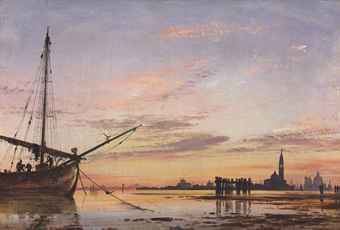
In 1842 John Edward Gray named a species of boa, Corallus cookii, in Cooke's honor.
